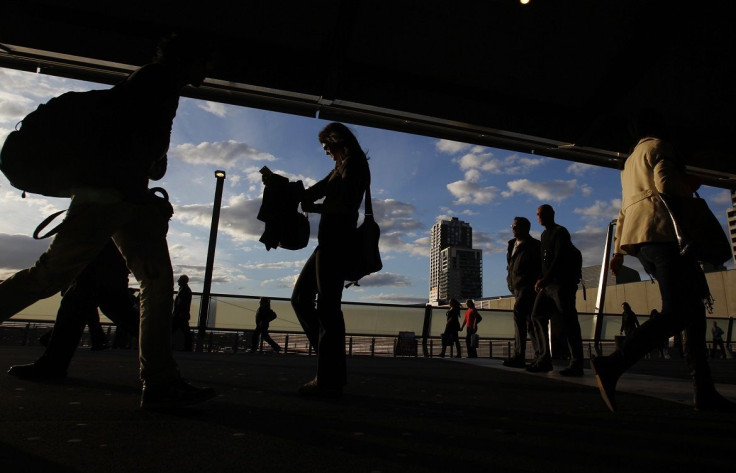Measles alert: Residents of Melbourne's south-east advised to look out for symptoms

A man with a highly infectious disease has reportedly gone to some populated areas, prompting a measles alert for Melbourne's south-east residents. Those who have visited a Centrelink office or have attended sports events must be conscious of any signs of measles.
Dandenong, Rowville, Ferntree Gully, Belgrave, Knoxfield and Wantirna South were announced as the affected areas. The man, believed to be in his 40s, reportedly visited places in Melbourne’s south and outer east between February 8 and 12. He was said to have been diagnosed with the highly contagious virus. There are fears that he had been infected at Centrelink in Dandenong between January 22 and February 2.
The man had recently gone to a Centrelink, basketball stadiums, a cricket ground and a secondary college. He also visited a bottle shop and a costume store. The measles alert extends to those who have gone to these areas and show symptoms up until March 6 due to the disease's 18-day incubation period.
Deputy chief health officer Dr Brett Sutton was quick to warn residents for common cold symptoms followed by fever and rash. He said that those who develop illness over the next week must alert their doctor or hospital emergency department.
Anyone who may be affected must contact a GP or hospital before attending. By doing so, further infections can be prevented by taking appropriate measures.
In Australia, the widespread use of the measles vaccine reportedly results in rare cases of measles. However, the highly infectious viral disease can be brought by travellers from abroad.
Residents are advised to stay alert as measles can lead to serious illness, particularly in young children and adults. Those infected can develop pneumonia and other serious complications.
Sutton explained that the illness typically starts with common cold symptoms like a runny nose, red eyes and a cough. These are often followed by fever and rash.
“The characteristic measles rash usually begins 3-7 days after the first symptoms, generally starting on the face and then spreading to the rest of the body,” Herald Sun reports him as saying.
Although the disease is not common here, Sutton recommends continuous immunisation among kids due to the risk of infection from overseas travellers. For instance, most cases of measles in Victoria were associated to international travel. Those who are unvaccinated are at risk.






